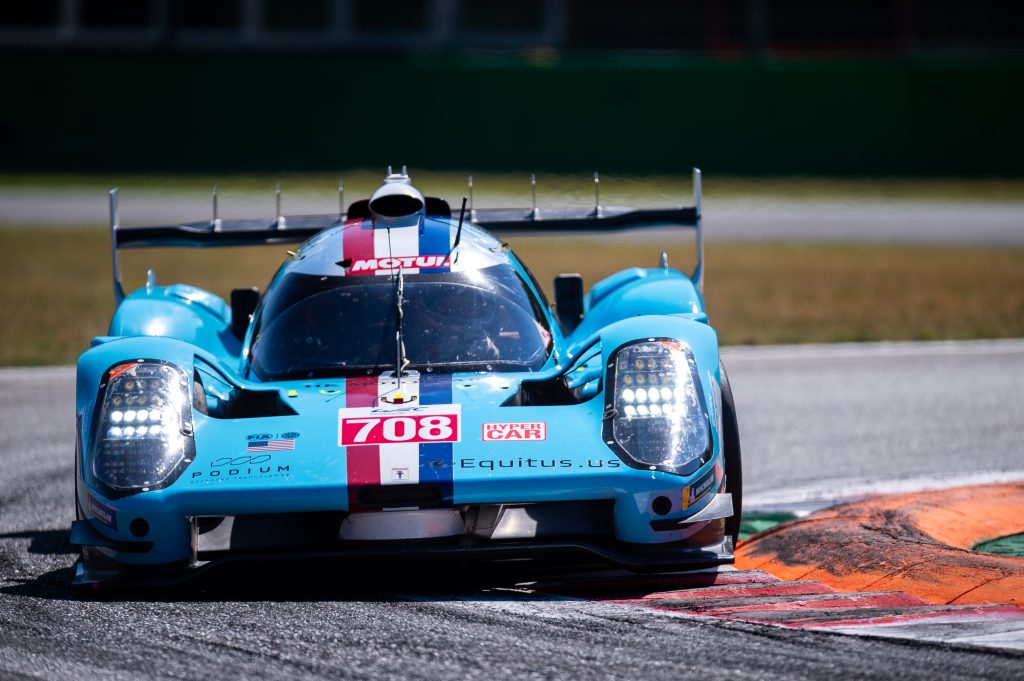After three seasons of racing in the World Endurance Championship, Glickenhaus’s time in the series has come to an end; the question remains was it all worth it?
It all started when in 2018 Glickenhaus was the first manufacturer to announce that they were interested in joining the new Hypercar class as they released renders of the car they intended to take to Le Mans.
Then skipping a couple of years, the team made its debut at the 8 Hours of Portimão in 2021.
The team’s first two years were a bit of a David vs Goliath story as the small American manufacturer took on world-leading manufacturers in Toyota and Alpine.
The project didn’t get off to a flying start as in qualifying at Portimão, the American team was +1.803 off of Pole and in the race, they finished 54 laps down after an incident with some GTE AM runners at turn five.
Although the pace of the car wasn’t necessarily able to match the others its mechanical consistency was as proven by its second event at Monza when SCG 007 LMH #709 inherited a class podium from #8 Toyota who entered the pitlane with fuel pressure issues, it’s first of three.
This was the thing with Glickenhaus their cars weren’t necessarily the quickest, but their reliability most of the time was bulletproof, as the car only retired three times in three seasons, which in turn allowed Jim Glickenhaus’s squad to pick up some pretty remarkable results in the LMH field.
The 24 Hours of Le Mans seemed to be the place where the SCG 007 LMH stood out the most as its reliability propelled the car to some pretty barnstorming results for the team at their three attempts.
The first time this was witnessed was in 2022 when Glickenhaus started the 24 hours as the slowest LMH cars in 4th and 5th.
Remarkably in the race, the American Manufacture took an overall podium, with the #709, by being the more reliable runner compared to the Alpine, which itself struggled with a drive-through penalty and an electronic clutch issue.
It wasn’t completely clean for Glickhaus as the car finished five laps down from the winning Toyota, and came in due to a faulty engine sensor needing to be replaced.
This achievement should still not be overlooked as a podium result for the team with a much smaller budget, and less experience at this behemoth of a race is outstandingly impressive.
Then if we take a look at this year the team was arguably one of the great stories coming out of the race as they took sixth and seventh, which on paper doesn’t sound impressive, but it really was.
In comparison to the five cars in 2021, there were 16 in the LMH class in 2023, which meant the small Glickenhaus team had a lot more competition.
Again in qualifying for the race, they weren’t strong, as they lined up for the centenary race in 12th and 14th, with them only out-qualifying the Vanwall, the #311 Cadillac, and the Jota Porsche.
In another repeat though their reliability by the end of the race meant they beat both Porsche and Peugeot, which were teams in the past that had dominated the race.
So, to return to the original question, was it worth it? almost certainly as in the short period the team took part in the WEC the team won over the crowds with their underdog story.
Plus, the team before they entered the class most fans wouldn’t have heard of, compared to now where they have been stable of underdog entertainment at 24 Hours of Le Mans in the last three years.

